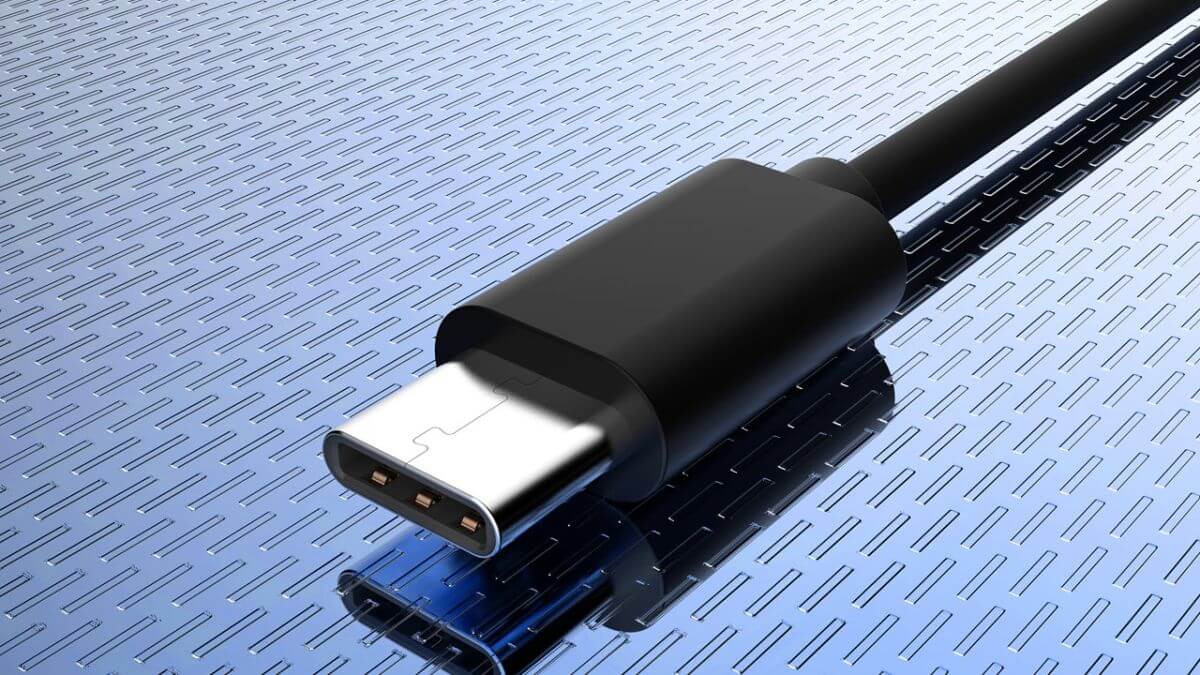USB4 and Thunderbolt 4 are on their way to a device near you, bringing yet another set of options to the complexity that is USB-C.
The good news is that Thunderbolt 4 is simple. The bad news is that USB4 doesn’t get much clearer. In any case, all of your previous USB and Thunderbolt devices will continue to function when plugged into the new ports. But let’s not go too far ahead of ourselves. Thunderbolt is still superior, but just somewhat so. And, while USB4 is speedier, it is still fragmented and overly reliant on identical-looking cords.

“Thunderbolt 4 cables are probably the most versatile cable you can obtain right now, compatible with all Thunderbolt versions as well as any standard of USB-C, including USB 4,” Thunderbolt accessory manufacturer claims.
Rollin’, in My 4.0
In My 4.0, I’m Rollin’
The names are the initial source of misunderstanding. The port and connector are referred to as USB-C. The multiple USB standards that use that same port include USB-3.0, 3.1, 3.2 gen.2, and 4.0. Thunderbolt also makes use of the same port and connector. To add to the complexity, the same port may be used to deliver only power and no data.
The issue is never with the ports, but with the cords. A six-foot phone charging cable may or may not pass data, and if it does, it will fall well short of the USB-3.2 standard. And if you want to use Thunderbolt devices, you’ll need to buy pricey Thunderbolt-certified cables.
Related: How to fix Microsoft teams not working on Mac
Pro tip: check for Thunderbolt devices that come with a cable. It is guaranteed to work and can save you up to $50. It's not worth it to forego a Thunderbolt cable.

Length is also significant. A cable must be somewhat short in order to give full USB 3.2 gen.2 or 4 speeds. A USB-C power cable, on the other hand, simply needs to deliver electricity, thus it may be considerably longer.
In a nutshell, USB-C and Thunderbolt are fantastic as long as you have the proper cable. If not, it rapidly becomes a nightmare.
“Some devices, although having a USB-C connector, cannot be charged with chargers that enable Power Delivery.” “For example, my OnePlus phone charger will not charge my Google Pixelbook,” said electrical engineer Rob Mills in an email to Lifewire. “Because the common physical USB-C interface is the same, no customer would be able to find this out.” One option would be to explicitly label the chargers as supporting a specific power standard.”
4 vs 4
Let’s look at the distinctions between Thunderbolt and USB. They use the same port but have distinct capabilities. Thunderbolt is a USB superset. If your computer has a Thunderbolt port, you can plug any USB-C device into it and it will function.
Thunderbolt 4 is identical to Thunderbolt 3, with the exception that it includes USB4 compliance, whereas Thunderbolt 3.0 was only certified to operate with USB 3.
Historically, the primary distinction between TB and USB was speed and bandwidth. Thunderbolt provides up to 40 GB/s data transfer, however, USB4 has caught up and can now provide the same speed. This is wonderful for things like USB-C SSD drives or large USB-C screens, but some USB4-compatible PCs will only supply the 20 GB/s allowed by the 4.0 specifications.
Related: 5 must-have gaming accessories for mac
Thunderbolt, on the other hand, offers a few advantages. One advantage of Thunderbolt is that it is meant to be daisy-chained, so you can link one Thunderbolt device into, say, a MacBook Pro and then attach another Thunderbolt device into the first. The second gadget receives electricity and is theoretically capable of running at full speed (depending on how much data the first Thunderbolt device is using).
So, What Can You Do With Them?
“Anything, only faster,” is the short response. USB-connected SSDs can now outperform Thunderbolt SSDs in terms of performance. A Thunderbolt 4 dock should be able to provide a plethora of super-fast USB4 ports, which may end up overwhelming your Thunderbolt connection but will be a lot of fun until it does.
In the end, USB4 won’t fix the most serious issue with USB-C—the easily confused cable types—but it will make everything quicker, which is always a good thing.

Leave a Reply